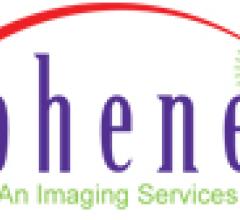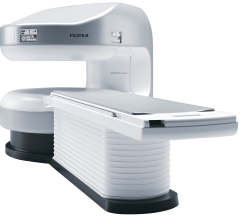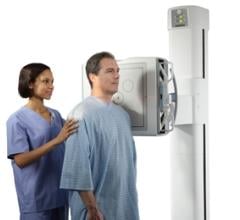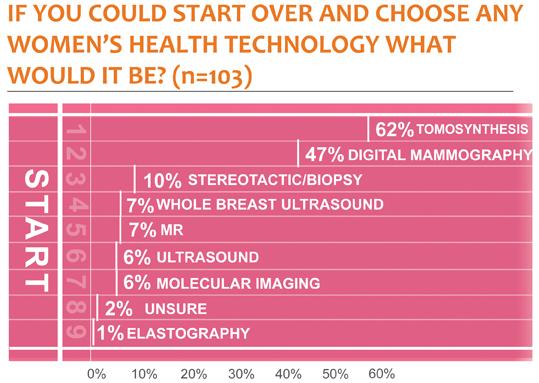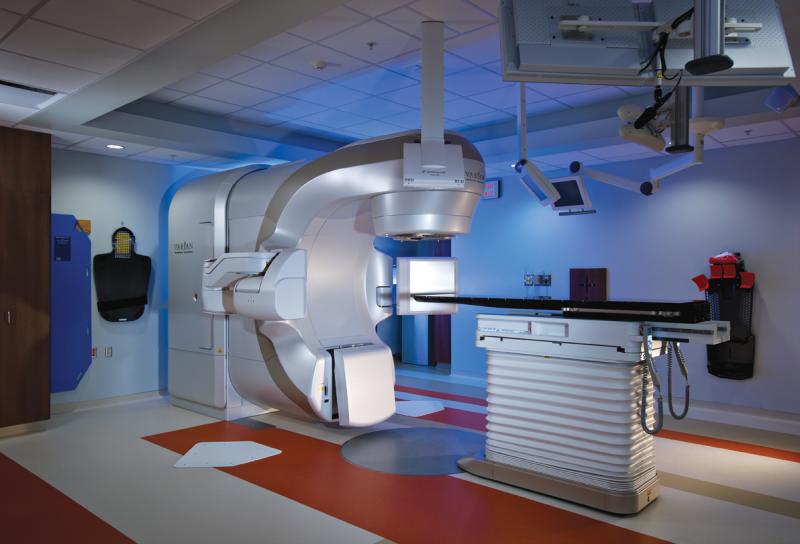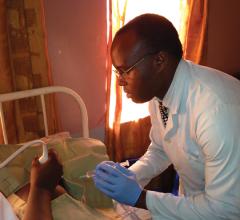A joint Brigham Young University-University of Utah research team is developing a new breast cancer screening technique that has the potential to reduce false positives and, possibly, minimize the need for invasive biopsies.
To clear confusion, reduce unnecessary breast cancer deaths and help women avoid extensive treatment for undetected advanced cancers, the Mammography Saves Lives (MSL) coalition has launched a new series of television and radio public service announcements (PSAs) informing women ages 40 and older to get annual mammograms at nearby mammography centers.
Sapheneia Commercial Products AB filed for bankruptcy Aug. 28, 2013. Shortly before the company went into bankruptcy, it changed its company name to “Contact Imaging Sweden AB.” In July 2013, the Stockholm District Court ruled that ContextVision is the real owner of a key patent application filed by Sapheneia in September 2006. The court also ruled that Sapheneia should pay the legal costs of ContextVision amounting to TSEK 2,940. The amount has not been paid, and instead, Sapheneia filed for bankruptcy. The administration of the company in bankruptcy has been taken over by a receiver.
Fujifilm’s APERTO Lucent is a 0.4T mid-field, open MRI system addressing today’s capability and image quality needs ...
At RSNA 2013, GE will feature its Discovery XR656 digital X-ray system and a suite of advanced clinical applications.
The world of personal pronouns has changed from when I was a kid. “That” has pushed “who” out of the picture, as in “he’s the patient that is showing signs of …”

SPONSORED CONTENT — Fujifilm’s latest CT technology brings exceptional image quality to a compact and user- and patient ...
Two-dimensional (2-D) digital mammography has been the gold standard for the first line of defense in breast cancer. Yearly mammograms are suggested for women beginning at age 40 and continuing as long as women are in good health. And while 2-D mammograms appear to be sufficient for many women who report no findings on their mammograms, there is much controversy surrounding what the second line of defense should be for those women who require a second look.
SPONSORED CONTENT — Fujifilm’s latest CT technology brings exceptional image quality to a compact and user- and patient ...
According to many healthcare experts, radiology is facing a perfect storm. This situation has been brought about by a number of factors, all converging on this profession at the present time. The challenges that radiology groups face today are declining reimbursements, expanded patient access, increased quality demands and the emergence of competition from mega groups.
SuperSonic Imagine’s Aixplorer MultiWave Ultrasound system, first cleared by the U.S. Food and Drug Administration (FDA) in 2009, has received FDA clearance for the quantification capabilities of its Real-Time ShearWave Elastography (SWE).
Patients receiving radiotherapy (RT) for cancers in the pelvic region can experience diarrhea, a negative side effect of radiation treatment. Sulfasalazine, an oral tablet used to treat inflammation of the bowels, had been shown in a past trial of 31 patients to decrease diarrhea during pelvic RT. Sulfasalazine does not reduce diarrhea, according to research presented today at the American Society of Radiation Oncology’s (ASTRO’s) 55th Annual Meeting. The study also determined that the medication might be associated with a higher risk of diarrhea than placebo.
SPONSORED CONTENT — EnsightTM 2.0 is the newest version of Enlitic’s data standardization software framework. Ensight is ...
Clinicians face the challenge of effectively imaging larger patients. Recognizing this trend, Esaote’s new eHD Technology improves every element of the imaging chain and increases ultrasound’s ability to image with more clarity at greater depth.
ClinicalKey, a clinical insight engine, is an online clinical information resource that provides radiologists with access to Elsevier's radiology references at point of care for guidance on every aspect of the field.
Eizo Corp. released the RadiForce MX215, a 21.3-inch color LCD monitor for clinical review.
Did you know that approximately one-third of all the data in world is created by the healthcare industry and that ...
Reporting is one of the areas in medical imaging informatics that has advanced the most in recent years. With much of the imaging workflow now digitized and carried out through second-, if not third-generation image and information management systems such as picture archiving and communication systems (PACS) or radiology information systems (RIS), the ”third pillar” of the end-to-end digital imaging workflow has grown less isolated and more influential than ever before — signaling the advent of true voice-enabled and speech-driven radiology reporting.
Treatment planning systems have been an integral part of radiation therapy since the 1980s; however, today’s systems are more technologically advanced. Back then dosimetrists would sit in front of a computer all day long contouring and planning out treatments for patients. Afterward, physicians and physicists would review the plans. Although the fundamental workflow has not changed much, as technology improves, new features are continually added to the systems to allow physicians to get more out of them than ever before.
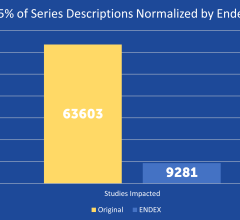
SPONSORED CONTENT — EnsightTM 2.0 is the newest version of Enlitic’s data standardization software framework. Ensight is ...
Since opening in September 2011, the Banner MD Anderson Cancer Center has become a premier regional center for cancer patients in the greater Phoenix area. With some of the latest state-of-the-art technology in place, the Gilbert, Ariz., facility prides itself on offering patients the same level of care that they would receive at the University of Texas MD Anderson Cancer Center. “The philosophy is to treat patients with the same protocols and philosophy that they would get as if they went to Houston,” said Stephen Sapareto, Ph.D., DABR, director of medical physics, division of radiation oncology, Banner MD Anderson Cancer Center.
Whole-body magnetic resonance imaging (MRI) may serve as a valuable noninvasive tool for assessing the risk of heart attack and stroke in diabetic patients, according to a new clinical study published online in the journal Radiology.
The addition of magnetic resonance (MR) imaging and spectroscopy to positron emission tomography (PET) is more expensive and more technically challenging compared with PET/computed tomography (CT). PET/CT is successful because the inclusion of CT has major advantages: accurate lesion localization, the identification of non-PET avid lesions and effective attenuation correction in a rapid, efficient combined examination. The addition of CT is particularly valuable for lungs and liver, where fluorodeoxyglucose (FDG) PET is limited by spatial resolution and relatively low target-to-background differential biodistribution. Presumably, PET/MR may disclose unique important diagnostic and prognostic information in selected patient groups.
During the American College of Cardiology 2013 (ACC.13) annual meeting in March, vendors discussed several trends they are observing in the cardiac ultrasound market and displayed the latest echo advances.
Imaging the World (ITW) was founded in 2008. Its mission is to bring medical expertise and high-quality, low-cost health care to most remote and under-served areas worldwide by integrating simple ultrasound technology with training, local capacity building and community support. It is much more than modern technology alone — it is a system solution.
With concerns about radiation dose and reducing unnecessary imaging scans, advances in computed tomography (CT) systems have brought about technologies such as iterative reconstruction software, intraoperative capabilities and dose-tracking software. In addition, recent studies on the use of CT on select patient populations and the modality’s benefits in detecting certain cancers are showing that the risks of CT imaging can go both ways. While CT exams can add to a patient’s lifetime exposure to ionizing radiation, they can also be more beneficial in cases where magnetic resonance imaging (MRI) or ultrasound might not be able to detect early-stage cancers. Some of these trends in utilization indicate that appropriate low-dose CT imaging will be key across patient populations.

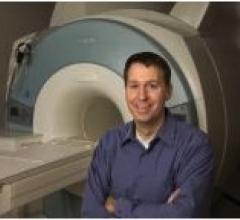
 October 02, 2013
October 02, 2013 

